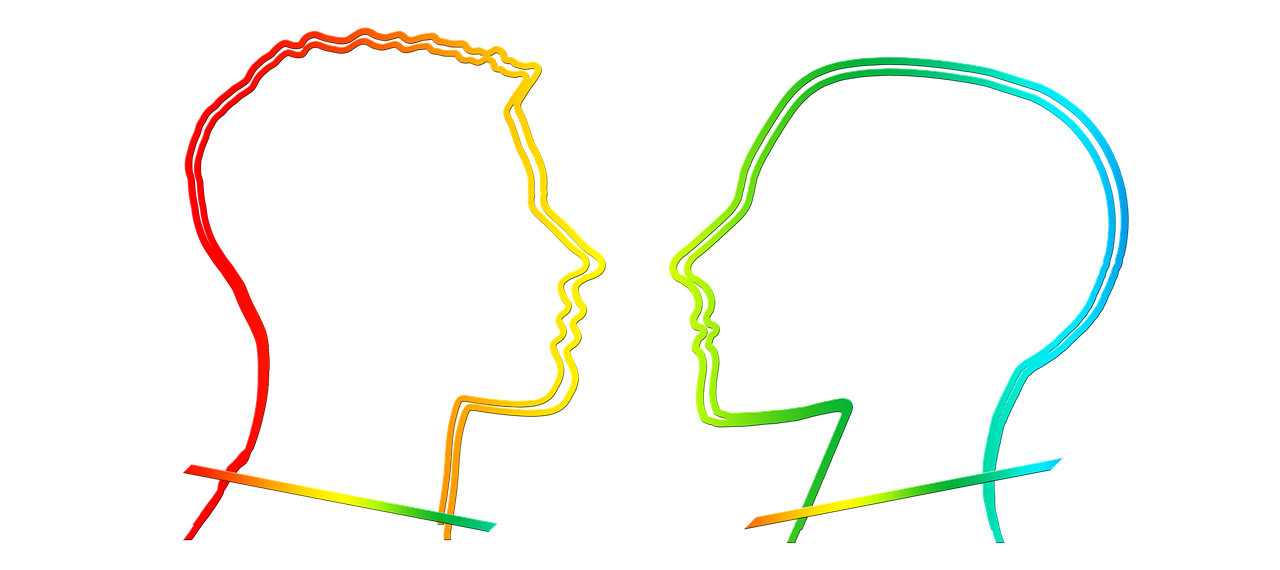Why do we need confrontation?
Green pedagogy (PDF) advocates starting a learning session by presenting learners with a confrontation, provocation or contradiction. One of our challenges is translating the original Austrian idea of Green Pedagogy which has been described in German, into other languages. So whether the German konfrontation should be translated as contradiction, provocation or confrontation is the first question. All sound drastic. All sound negative. In our ProfESus course addressed to home economics teachers we have been asked to justify this. So here goes.
 Start with a vision
Start with a vision
A sustainable approach to life must start with a vision (as must most aims). So in Prof E Sus the vision is sustainability first or sustainability by default.
The current status in most cases is unsustainable by default. Just take a look around your current workplace or home, thinking about how you do things and you will probably find that most processes are unsustainable. Therefore there is a big gap between the vision and the status quo in most cases.
To get from the current status quo to the vision of sustainability by default requires a sustainable mindset so that sustainable by default becomes an automatic reaction.
This means that we need not just sustainable facts but also sustainable action.
A sustainable lifestyle is not the norm in most cases though every society usually has pockets of sustainable habits therefore the teachers or trainers job is introducing and embedding new sustainable habits, while also noticing and encouraging existing sustainable habits (this is where traditional ways of doing things may come in handy).
The confrontation will be needed during the transition from unsustainable to sustainable and also when sustainability is achieved because the situation is always changing and better ways are always being developed. Therefore, sustainability in the class or training room will almost always need to begin with a contradiction that has to be explored.
Examples
- Reducing food waste means finishing what’s on your plate but obesity reduction means only eating until you’re full.
- Many people see natural fibre clothing such as cotton as more sustainable than fabrics derived from petroleum-based materials, but cotton requires unsustainable amounts of water in cultivation.
So the process of taking an existing lesson or training session and making it more sustainable almost always leads to the need to explore a contradiction.
You can try this out for yourself by finding contradictions in the subjects that you teach.
Concept change
We can relate this starting point to the use of concept change as a pedagogical approach. Hattie’s effect size analysis shows concept change as one of the approaches leading to the largest effect sizes.
Concept change refers to the fact that students almost always come to your classroom with some knowledge or some pre-conceived ideas about the topic you want to explore and that these ideas are often wrong. The concept change approach acknowledges and names the wrong facts or beliefs and proceeds to show why they are wrong before replacing them with the true facts.
The main difference between the concept change approach and the Green Pedagogy approach is that in Green Pedagogy, the students do most of the work finding the improved explanations and solutions to specific problems.
The reason for this is that students need to experience the sustainable approach, not just learn about it.
The case for the confrontation stage really needs to be clearly made otherwise it can be seen simply as an annoying trick that can be overused in the classroom. This means that a concept change approach to pedagogy has a large learning effect and is necessary to get from the prevailing unsustainable way of doing things to a default habit of carrying out (in our case, home economics) vocational skills in a sustainable way.
Upside down
In the first face to face module of the Prof E Sus course we have one example of concept change which we provoke by getting participants to imagine what a non-sustainable teacher would do. And here is an example, unrelated to sustainability, applied to younger children and expected behaviour norms. Here the teacher makes it fun by asking them to imagine what bad behaviour would look like in a forthcoming museum visit.
So you can have fun with confrontation!
Next post: Why is Green Pedagogy learner-centred?

